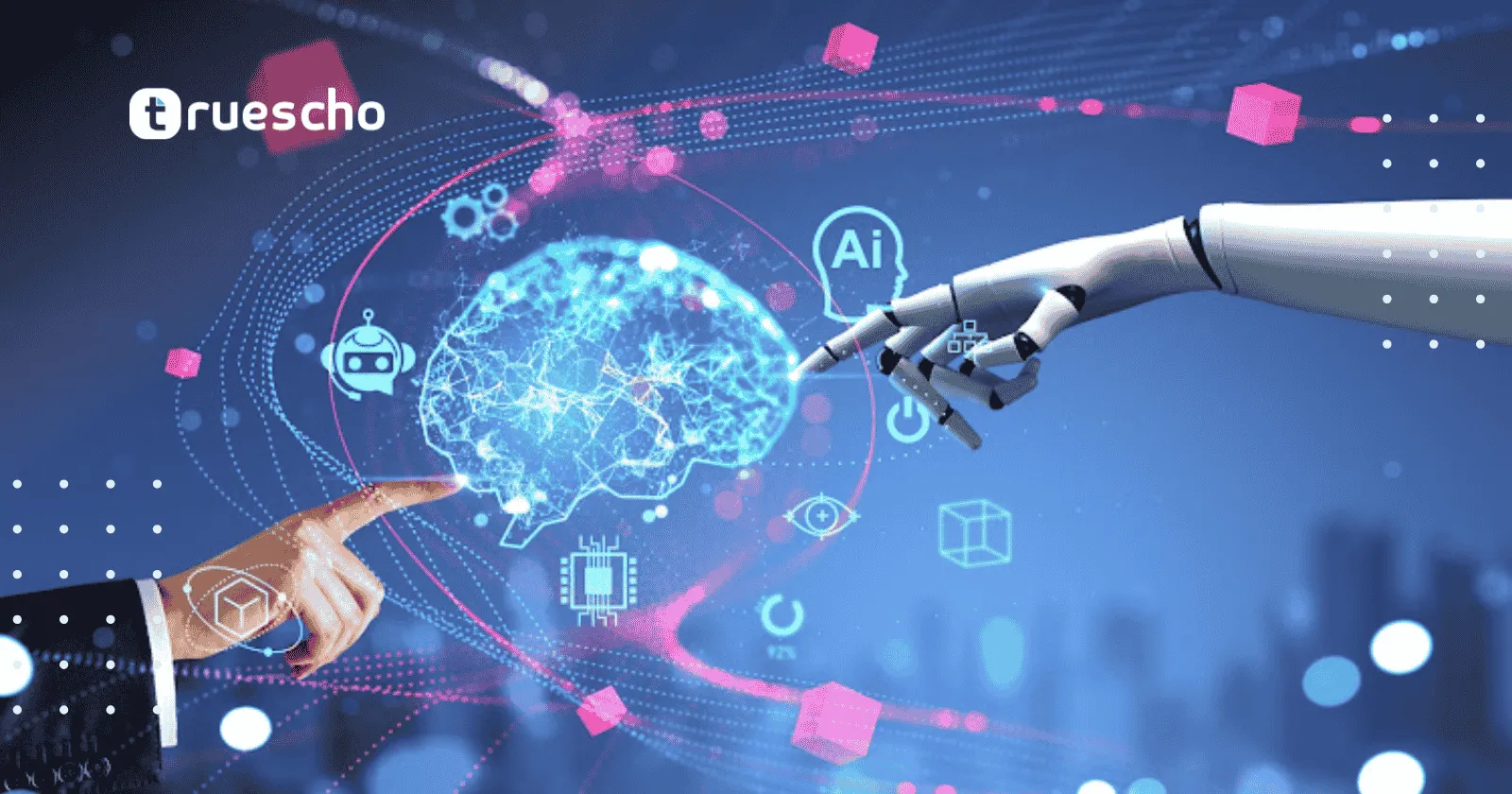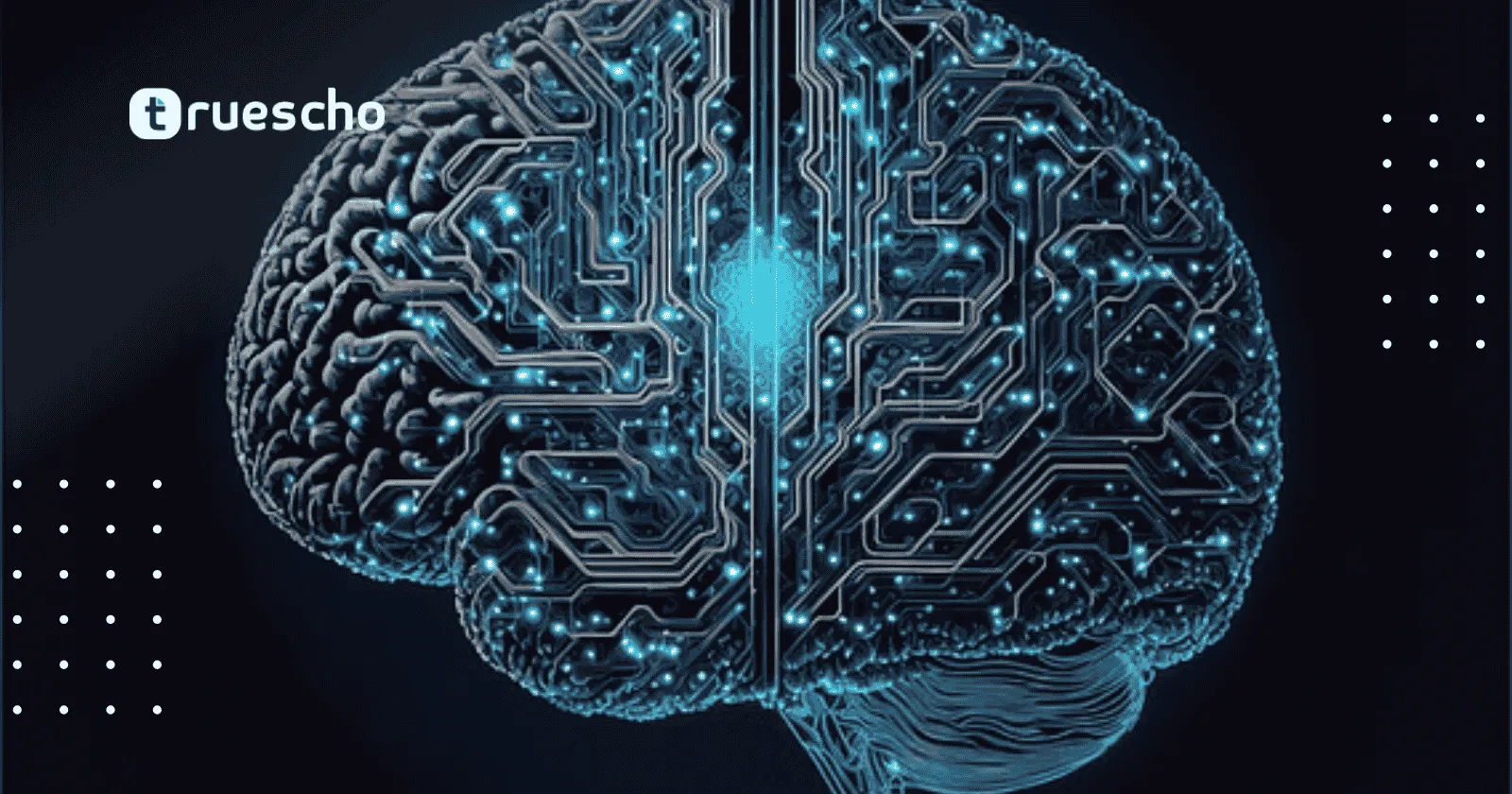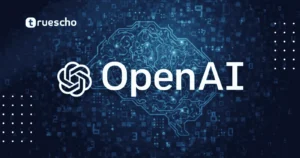Leaked data exposes a Chinese AI censorship machine
A recent leak has shed light on a massive dataset used by a high-tech Chinese AI censorship machine. The system processes thousands of examples taken from sensitive content—from complaints about rural poverty and reports of corruption to accusations against local law enforcement. Its ultimate goal is to flag content that might disrupt state-approved narratives.
The Chinese AI censorship machine is designed to continuously evolve, leveraging machine learning to refine its filtering capabilities. By analyzing vast amounts of online discourse, the Chinese AI censorship machine identifies and suppresses politically sensitive topics before they gain traction, reinforcing state control over digital communication.
Read also: Amazon Alexa Fund is now backing AI startups
Table of Contents
The Hidden Mechanism Behind Content Filtering
The leaked dataset contains over 133,000 entries that instruct an AI model to identify politically or socially sensitive materials. In one instance, a post from a business owner complaining about corrupt local police was flagged immediately. Other examples include news reports on corrupt officials and stories highlighting rural hardship.
This sophisticated Chinese AI censorship machine goes far beyond standard keyword filtering; it uses a trained language model to detect subtleties in language. Unlike older systems that relied on manual review, the AI now offers an efficient and nuanced approach to state-led information control.
How the Data Was Discovered
A security researcher discovered the extensive dataset stored in an unsecured Elasticsearch database on a Baidu server. Although the leak does not point fingers at any specific organization, the entry dates—some as recent as December 2024—suggest that the data is being actively maintained.
The released samples provide insight into how the censorship machine works. For example, topics such as pollution scandals, food safety incidents, and financial fraud are immediately escalated, as are discussions related to military movements and Taiwan politics.
Read also: NA10 MCP Agent Update
Dissent Detection and Sensitive Topics
At the heart of the system is an unnamed language model that is tasked with determining whether content includes sensitive issues. The AI is trained to flag subjects that may incite public unrest or challenge government narratives.
Some of the top-priority topics include:
- Corruption among public officials
- Local police abuses against entrepreneurs
- Social and economic hardships in rural areas
- Discussions about Taiwan and military operations
Even subtle forms of protest, such as the use of idioms to comment on shifting power dynamics, are immediately targeted. The precision of this Chinese AI censorship machine highlights a new era of automated state control.
Read also: N8N AI Agent: Breakthrough MCP Update

A Tool for Public Opinion Management
The creators of this dataset describe its use for “public opinion work,” a term that hints at a broader agenda. This work is overseen by government regulators such as the Cyberspace Administration of China, and its purpose is to suppress alternative viewpoints while safeguarding the official narrative.
Experts, including researchers from academic institutions, have noted that the design of this AI-driven censorship system reflects a clear strategy: to fine-tune state control over online discourse.
Rising Sophistication in Repressive Measures
Recent findings reveal that authoritarian regimes are increasingly leveraging the latest AI technology for repression. In a related report by OpenAI, several entities—possibly operating from within China—were found using generative AI to monitor and target social media conversations about human rights protests.
Traditional censorship methods often relied on basic algorithms, blocking content that mentioned predetermined keywords such as “Tiananmen massacre” or “Xi Jinping.” However, with advancements in AI, these systems can now detect even the subtlest criticisms on a massive scale.
Read also: AI Is coming to the classroom
Conclusion: An Ongoing Battle for Control Over Narrative
The leaked data provides an unsettling glimpse into how a Chinese AI censorship machine functions. By automatically scanning vast amounts of content, the system ensures that dissenting voices are silenced while official narratives prevail across online platforms.
As digital repression continues to evolve, experts emphasize the need for a robust debate on ethics and the role of AI in managing public discourse. The ongoing development of these technologies poses essential questions about transparency, freedom of expression, and the balance of power in a digital age.
For readers interested in further exploring the interplay of AI and censorship, trusted sources like
OpenAI’s threat intelligence report offer valuable insights.






